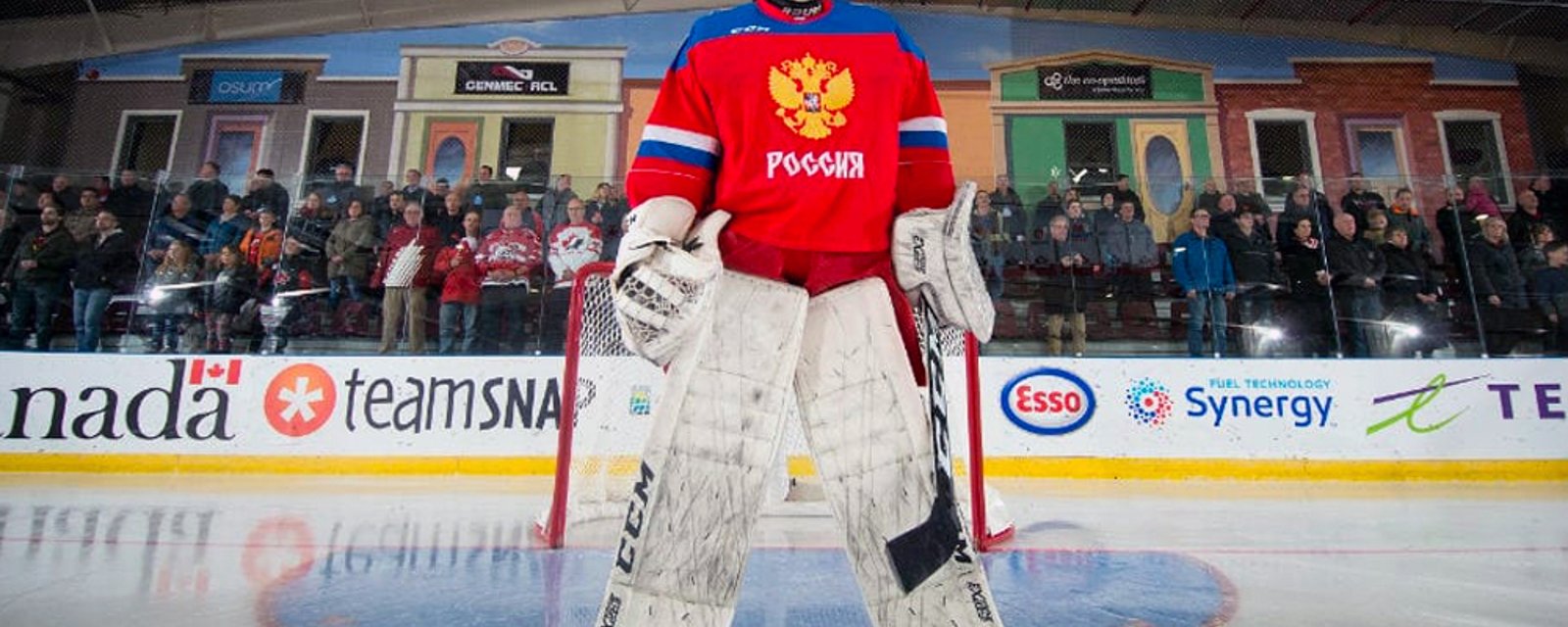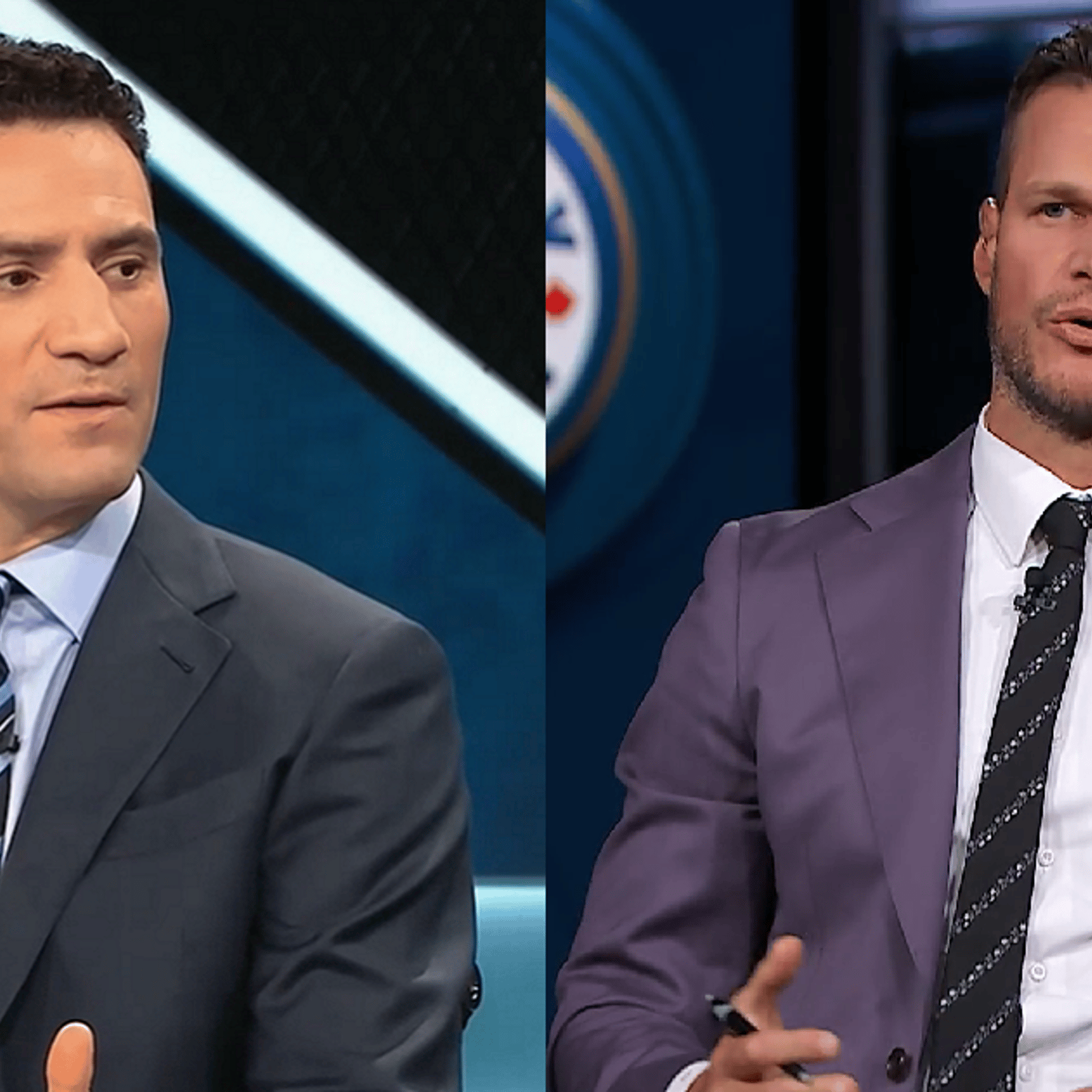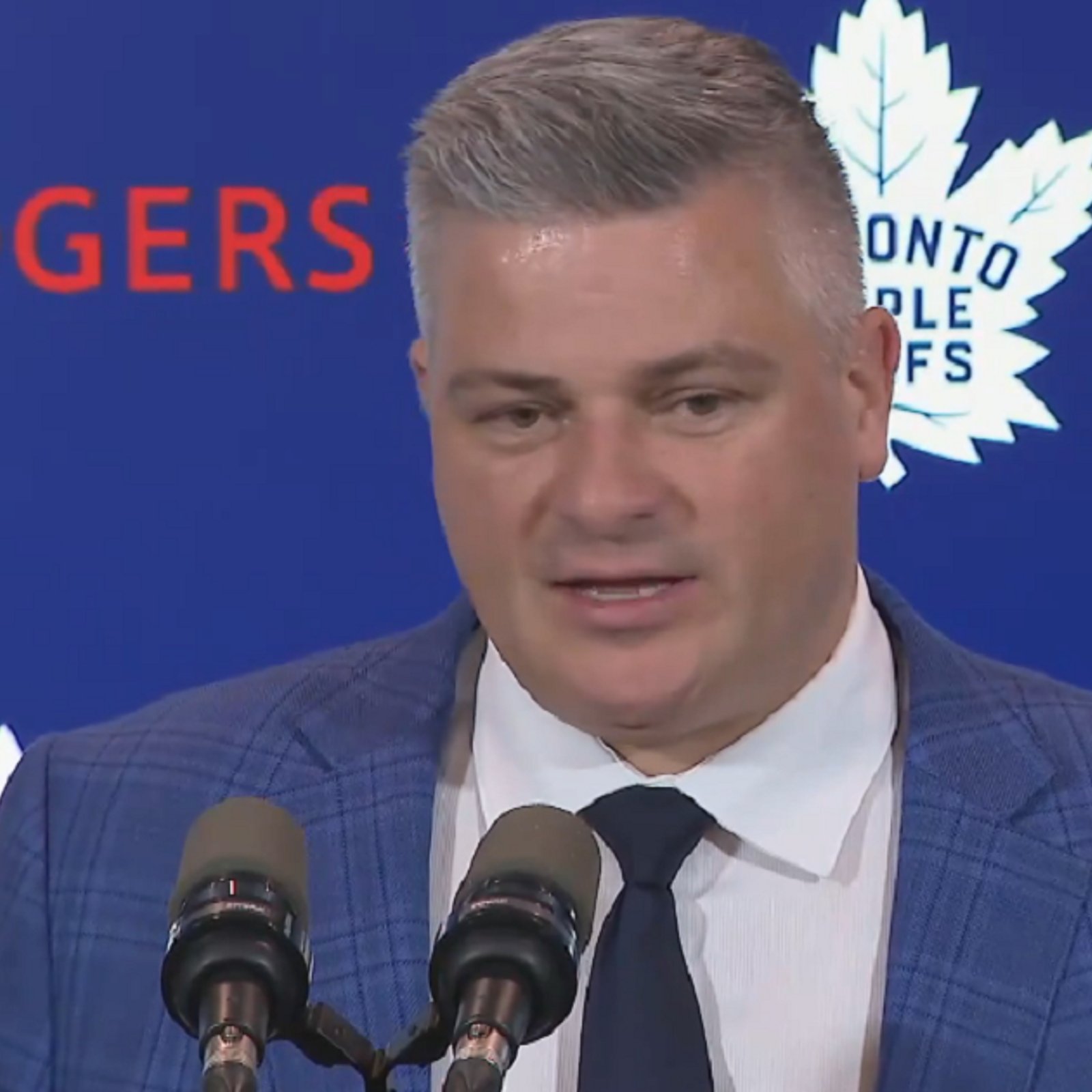
Russian Askarov hailed as the greatest goalie prospect since Carey Price
A future Vezina Trophy winner?
HockeyFeed
When and where the 2020 NHL Entry Draft transpires is anyone’s guess at this point, but one thing we DO know is that this year’s draft is full of high-end goaltending prospects.
Canadian forwards Alexis Lafrieniere and Quinton Byfield will steal the show early in the draft, but don’t be surprised if we see a goaltender taken in the top 10. More specifically, don’t be surprised if Russian net minder Yaroslav Askarov is taken in the top 10 picks. Hell, some scouts have him ranked in the top 3.
In his latest article for ESPN, prospects experts Chris Peters describes Askarov as “the best goalie prospect since Carey Price”. That’s awfully high praise. So what makes him so special?
Last Word on Hockey reporter Ben Kerr gives us a scouting report:
Askarov is incredibly advanced for a young goaltender. He uses his size effectively, coming out to cut down angles and gives shooters very little net to look at. His strong legs take away the bottom of the net. They also make him an effective skater. He is able to take away those angles but still gets a good backward push, which makes him hard to deke. Those strong legs also give him a strong push and good side-to-side movement. He tracks the puck well on cross-ice passes and can get over to still make the save.
Askarov’s rebound control is very good for a young goalie, far ahead of other prospects his age. He is extremely efficient in his movements and is almost always square to the puck. This helps him to make a second save when he does give up a rebound. Askarov is also an athletic freak, with the ability to make a jaw-dropping save on those rare times when he does get caught out of position.
He is also good at handling the puck and making a pass to set up the breakout. He often acts like a third defenceman for his team, quickly moving the puck to his defenceman and helping the transition game. If the opposing team gets caught on a line change, he can make a long pass to create an odd-man rush for the forwards.
Not convinced? See for yourself:

- Jonathan Larivee
Terrible news from Evander Kane just before Game 1.
- NHL News
- 2 minutes read

- Jonathan Larivee
Refs intervene over questionable act from Leafs after Game 1.
- NHL News
- 2 minutes read

- Jonathan Larivee
Bieksa, Bissonnette call out 2 Maple Leafs after a brutal Game 1.
- NHL News
- 3 minutes read

- Jonathan Larivee
Sheldon Keefe calls out Max Domi over Game 1 performance.
- NHL News
- 2 minutes read

- Jonathan Larivee
Seth Jones' comments rub fans in Chicago the wrong way.
- NHL News
- 3 minutes read